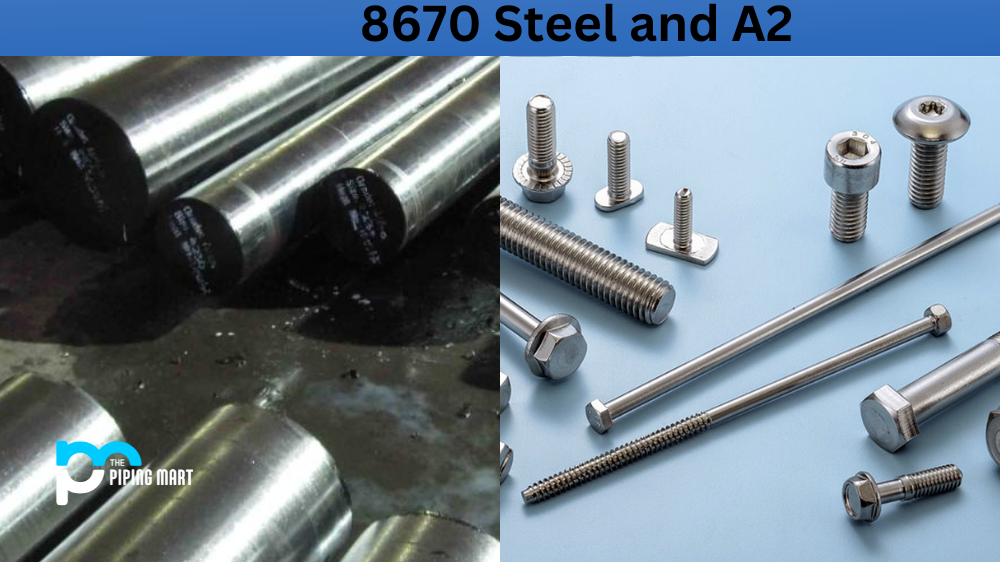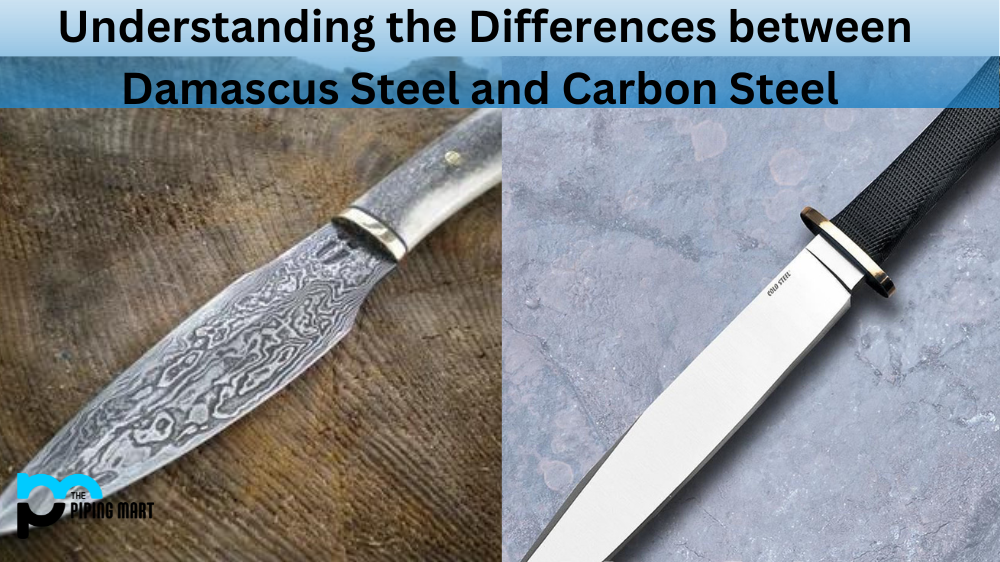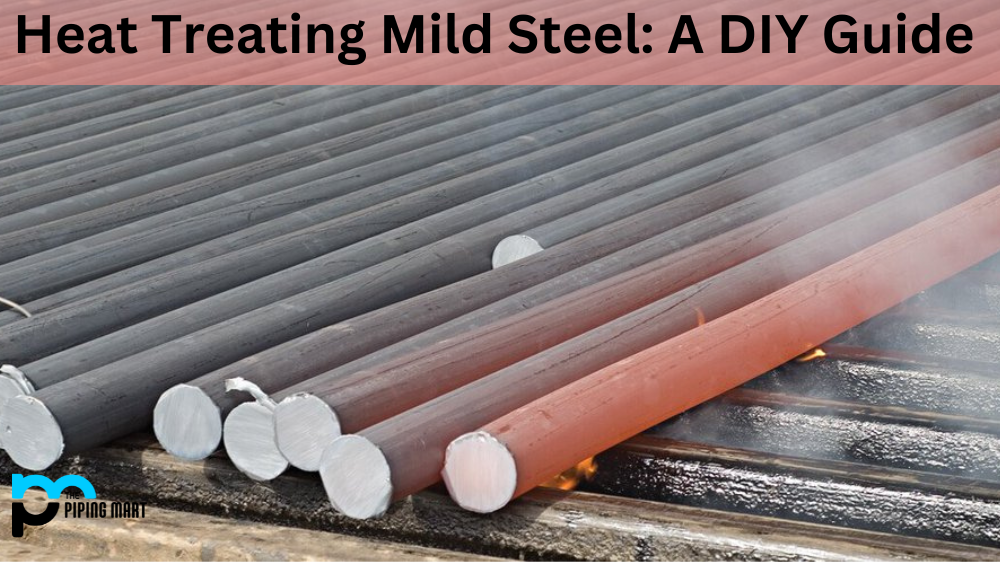Choosing the right steel for your project is important for your end product’s overall quality and durability. Two popular options to choose from are 8670 Steel and A2. While both are premium quality steels, they have some significant differences that make one better suited for particular applications. In this blog post, we will compare the characteristics of these two steels to help you decide which to choose for your next project.
What is 8670 Steel?
8670 steel is a low alloy steel that is heat-treated and quenched in oil. This steel consists of several elements, including molybdenum and nickel, responsible for its high strength and toughness. It is an excellent choice for applications where strength is critical, such as gears and shafts, aerospace, and defence industries. 8670 steel has high hardenability and can be heat-treated to achieve a broad range of strength levels.
What is A2 Steel?
A2 steel is a tool alloyed with chromium and molybdenum to improve its hardness and wear resistance. This steel is used for various applications in manufacturing punches, dies, and cutting tools. A2 steel has excellent dimensional stability, even in extreme heat conditions, and it is known for its overall toughness and ability to maintain its shape even after heavy use.
Differences Between 8670 Steel and A2
The primary differences between 8670 steel and A2 are their compositions and intended applications. 8670 steel contains nickel and molybdenum and is better suited for applications where strength and toughness are critical factors, whereas A2 steel has a chromium and molybdenum composition, which gives it excellent wear resistance. It is ideal for use in cutting tools and dies.
Machinability
Both 8670 and A2 sheets of steel are known for their machinability. However, 8670 steel is less ductile and has a higher carbon content, making it more challenging to machine and weld than A2 steel. A2 steel has a lower carbon content, which makes it more comfortable to machine and weld, but it is still a tool steel, and its hardness can cause it to break easily if not handled correctly.
Other Differences
- 8670 Steel is a low alloy steel that contains chromium, molybdenum, and manganese.
- A2 Steel is a high carbon steel that contains chromium and molybdenum.
- 8670 Steel is stronger and harder than A2 Steel.
- A2 Steel is tougher and more wear resistant than 8670 Steel.
Conclusion
Choosing between 8670 steel and A2 steel can be daunting, but understanding their differences and intended applications can help you decide for your specific project. 8670 steel is best for applications where strength and toughness are critical, such as gears and shafts, while A2 steel is ideal for cutting tools and dies and punch and die holders. Ultimately, the choice between 8670 and A2 steel comes down to your project requirements and budget. Make sure you weigh up the pros and cons of each before you begin your project to ensure a successful outcome.

Meet Bhavesh, a seasoned blogger with a wealth of knowledge and experience. From metal products manufacturing to retail, Bhavesh has a diverse background in various industries and is dedicated to sharing his insights and expertise with readers.




